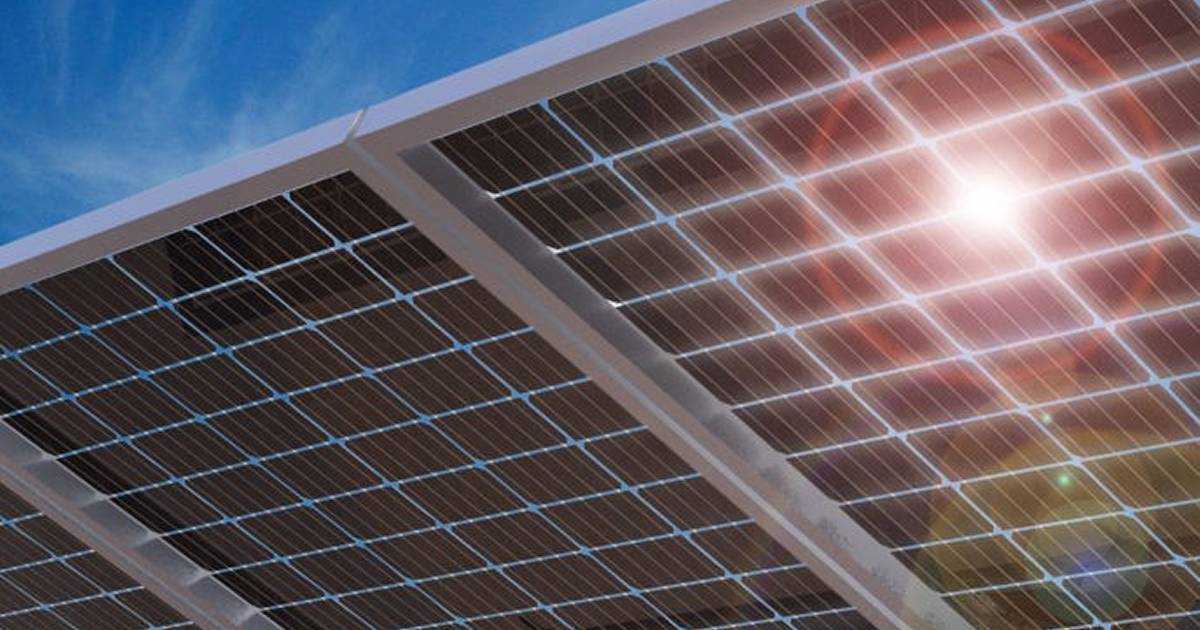
Image: SEIA
The shine has somewhat come off imported bifacial solar panels in the USA after a backflip by the U.S. Trade Representative.
In January last year, U.S. President Donald Trump gave the nod to application of punitive tariffs of as much as 30 percent on many imported solar panels and cells1, a decision sometimes referred to as “Trump Solar Tax,” or “Trump Solar Tariffs“. It’s officially known as the Solar Products Safeguard Measure or Section 201 tariff.
In June this year, the U.S. Trade Representative announced bifacial solar panels would be excluded from the tariff. These are solar panels that absorb light and generate electricity from each side of the panel. SQ’s Ronald explains more about bifacial solar panels here. They aren’t particularly useful in most residential installations, but have applications for solar farms and commercial installations where the panels are installed on tilt frames.
The exemption would have made a few solar panel manufacturers pretty happy, including JinkoSolar and Longi. There were expectations from some that the USA’s utility-scale solar energy sector would quickly switch to bifacial panels for new projects.
However, any happiness was to be short-lived. The decision was reversed last week.
The USTR said it had received various feedback, including claims the bifacial solar panels exclusion was broader than the category of products described in the exclusion requests and concerns about a flood of the modules about to hit the country.
“The U.S. Trade Representative has evaluated this exclusion further and, after consultation with the Secretaries of Commerce and Energy, determined it will undermine the objectives of the safeguard measure,” states part of an USTR release.
SEIA: “A Rush To Judgement”
The Solar Energy Industries Association (SEIA) criticised the move.
“In an extraordinary and unprecedented turn of events, the exemption was quickly rescinded without any opportunity for public notice and comment,” said SEIA President and CEO Abigail Ross Hopper. “This is unnecessarily squeezing the supply of panels in the United States, thereby inflating prices for consumers.”
There has been a rush on panels generally as a reduction in the USA’s solar Investment Tax Credit (ITC) looms. Currently, it’s at 30 percent for residential and commercial solar systems, the latter also applicable to some large-scale solar farms. From the start of next year, it drops to 26%.
Perhaps that doesn’t sound like a huge hit for households wanting to go solar – but installing PV is still very expensive in the USA compared to Australia. For example, a 6kW system costs around AUD $18,600 after the tax credit at current exchange rates. The cost of solar in Australia is far lower – a good quality 6kW system can be installed for between $5,000 – $9,000 after our “solar rebate”.
As for larger commercial/utility scale projects, the difference between 30 percent and 26 percent represents a big chunk of change.
Footnotes
- The tariffs kicked off at 30% and gradually taper off to 15% over four years. ↩

 RSS - Posts
RSS - Posts



Speak Your Mind